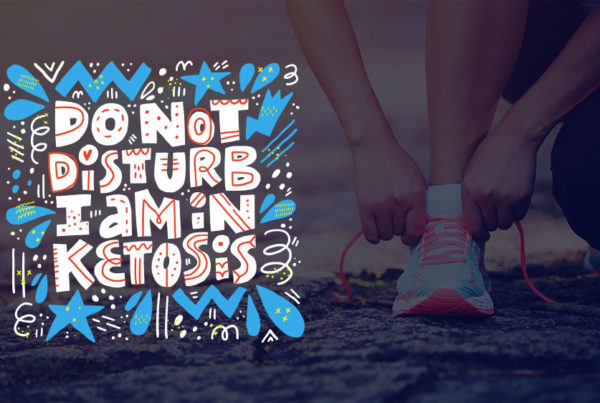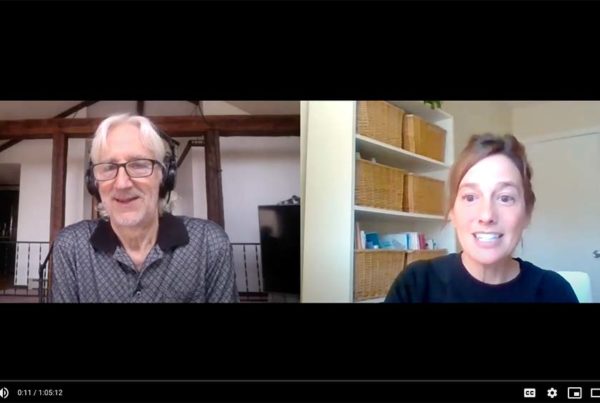
Following the new gov.diet could be a script for the perfect horror film.
“Supersize Me,” a 2004 documentary film directed by and starring Morgan Spurlock, was very popular, and nominated for an Academy Award.
If I didn’t care so much about my health, I could make a similar powerfully emotional movie about following the recently released USDA Dietary Guidelines for Americans. My thesis for this documentary would be simple: Eating this way would rapidly ruin my health.
Based on my early life health history and past disease risk, it would not be difficult to predict what very real changes could take place in my body during one year on the “gov.diet,” which is what I called this absurd plan. Following this diet for a year could be the basis for a horror film gruesome enough to attract large audiences, who would read about it on my special blog before the movie came out.
It would make an important statement to policy-makers, politicians and people everywhere, and it could be foretold in an award-winning made-for-TV special series. My film blog could fetch a journalism honor. The story would be horrific, rated “R,” helping to get a lot of press.
Basically, I would be a lab rat. Here are some snapshots of what could happen.
First Two Weeks
In the first few days, I would probably start liking the taste of added carbohydrates. An early stage of addiction, cravings would soon appear. I’d have plenty to snack on, from fruit and fruit juice to sweet-potato chips (low-fat). It would be mentally painful but I’d adjust my Phil’s Fudge recipe to be low-fat and include lots of sugar instead of a small amount of honey. But I’d still have to count fat calories as it’s easy to go over the government’s limit.
Monitoring my metabolism could be determined by respiratory exchange ratio (RER). A noticeable drop in fat-burning would be obvious the first day, or, more likely, after my second meal.
After a few days, caloric intake would rise, probably by 20 to 30 percent, spurred by cravings and hunger. Intestinal bloating and increased gas would be very noticeable.
Sleepiness after meals would lead to short naps and I’d need more coffee to stay alert.
First Two Months
Blood tests would now show rising levels of insulin and impaired blood sugar, along with elevated triglycerides, an increased cardiovascular risk factor.
Body Mass Index, or BMI, measures weight and height, and indirectly reflects body fat. I started out at 22 and normal, but this would begin to rise by month two. Luckily, I could gain 15 pounds and still have a “normal” BMI. The increased abdominal fat is compensated for by keeping my pants unbuttoned. Some of the growing waist size, I claim, comes from bloating.
As fat-burning diminishes, aerobic dysfunction follows, along with lower endurance and exercise tolerance, and reduced muscle support of joints. This could lead to low back pain, especially with increasing inflammation. Getting out of bed in the morning would become more difficult.
Blood pressure, previously around 110/70, and resting heart rate, low 50s during the day after coffee, would creep up during this period. Both may appear “normal,” although exceeding 120/80 is considered pre-hypertension.
My morning coffee would have to be modified. The heavy cream, egg yolk and coconut oil I currently use is more than half my day’s fat allowance. I could use skim milk, but, well, maybe I’ll go black.
My cocoa will have to be curbed because it’s high in fat. Low-fat cocoa powder with honey would work, although the taste and satiety would not nearly be the same. So I would have to eat more of it.
Breakfast would include dry toast with an egg-white omelet, and on Sunday waffles with maple syrup. I usually have waffles made from almond flour, but since that’s high in fat, some kind of grain flour will have to be used. And now that the ban on dietary cholesterol is lifted, I could have eggs (one of my favorite foods), although I’d have to be careful with the yolks due to the dietary limit on fats.
First Six Months
Even before six months I’d be feeling miserable. I’d be bloated and tired. Hunger would force me to count calories to avoid exceeding the government restriction. My concentration would be poor and napping after lunch would reduce productivity. Blood tests indicate I’m pre-diabetic, with high risks for cardiovascular disease and gastrointestinal disorders.
There are cries from the authorities for me to stop my demonstration. Las Vegas oddsmakers are taking bets on my demise.
Body fat continues to rise, and my BMI would soon hit 25. I now have to buy new clothes.
Sleeping becomes impaired. Waking at 2 a.m. unable to easily get back to sleep is indicative of rising stress hormones, confirmed by tests. Snoring would become a problem.
At least I don’t have to plan my meals when traveling, I think. There’s lots of food available, even on airplanes.
Year One — Congratulations!
Reaching the one-year milestone means a big party, but after all the retests there’s really not much to celebrate.
A neurologist and psychiatrist are now monitoring my brain, and no doubt a diagnosis of depression will come out of this — those feelings actually started months ago. The lack of initiative would be serious.
By now, reduced HDL cholesterol further raises my risk for heart disease along with a diagnosis of diabetes and hypertension. And I’d be overfat.
Poor sleep, snoring and daytime sleepiness brings a diagnosis of sleep apnea. Getting sleepy while driving becomes a hazard, especially after a meal.
Increased stress hormones would reduce what were once healthy sex hormone levels. Despite healthy sun exposure, vitamin D has started a downward spiral triggered by poor fat metabolism and higher body fat. This can reduce brain function, lower immunity and weaken bones. The fear of falling reduces my activity level.
The rising risk of numerous types of cancers suddenly appears. Intestinal stress continues and reduced dietary fat intake increases the risk of gall stones.
By year’s end, despite having bought new clothes a second time, I probably won’t be officially classified as obese because my BMI may not exceed 30. That’s good, right?
The low-protein diet would reduce muscle mass leading to sarcopenia and diminished strength. With lower testosterone, weakness indicates frailty will follow in the next year or so.
Normally, I would be given a number of prescriptions and over-the-counter meds to counter rising blood pressure, triglycerides, cholesterol, gastrointestinal distress, depression, sleep problems and blood sugar. These can have serious side-effects, for which I’d be given other medications.
OK, the idea of making this film is not a good one. I’ll pass on the notoriety it could bring, and the awards I could win. While the experiment could help millions of people see with their own eyes how dangerous eating poorly can be, the rates of obesity, diabetes and chronic illness still continued to rise after millions of people watched “Supersize Me.” So why would my experiment be any different?








